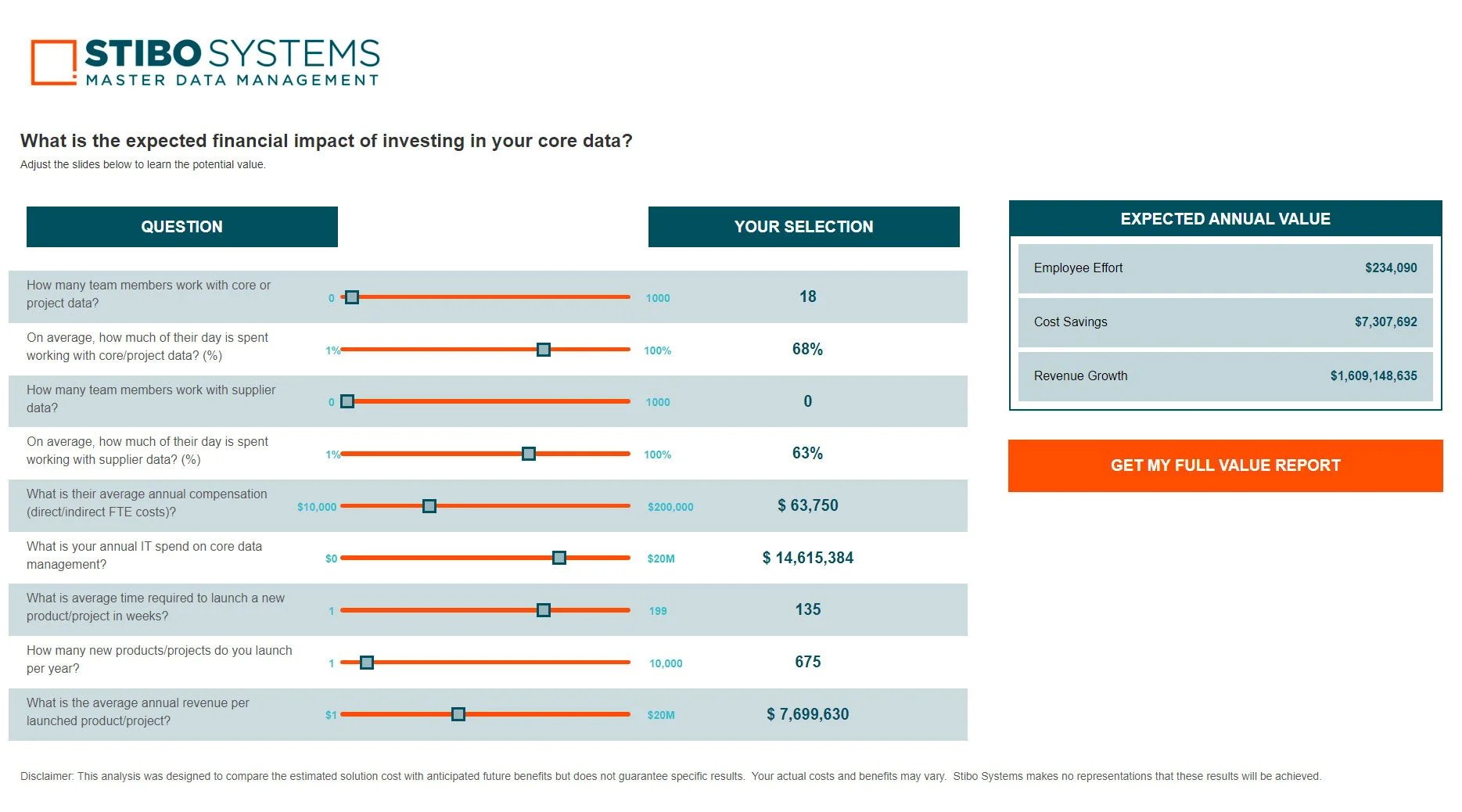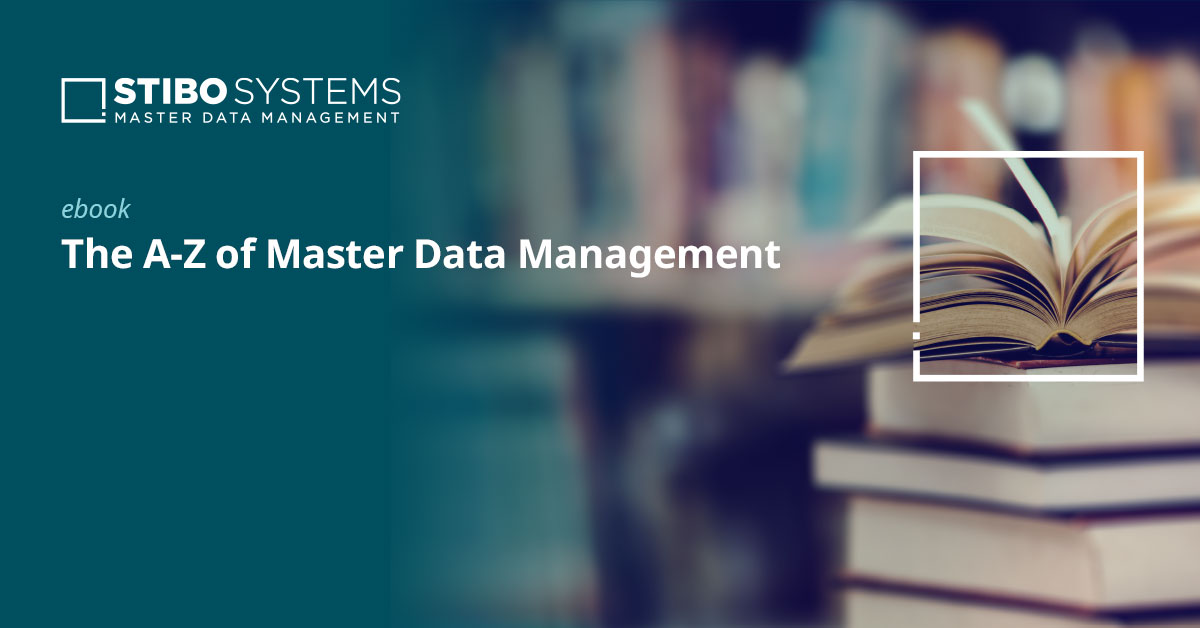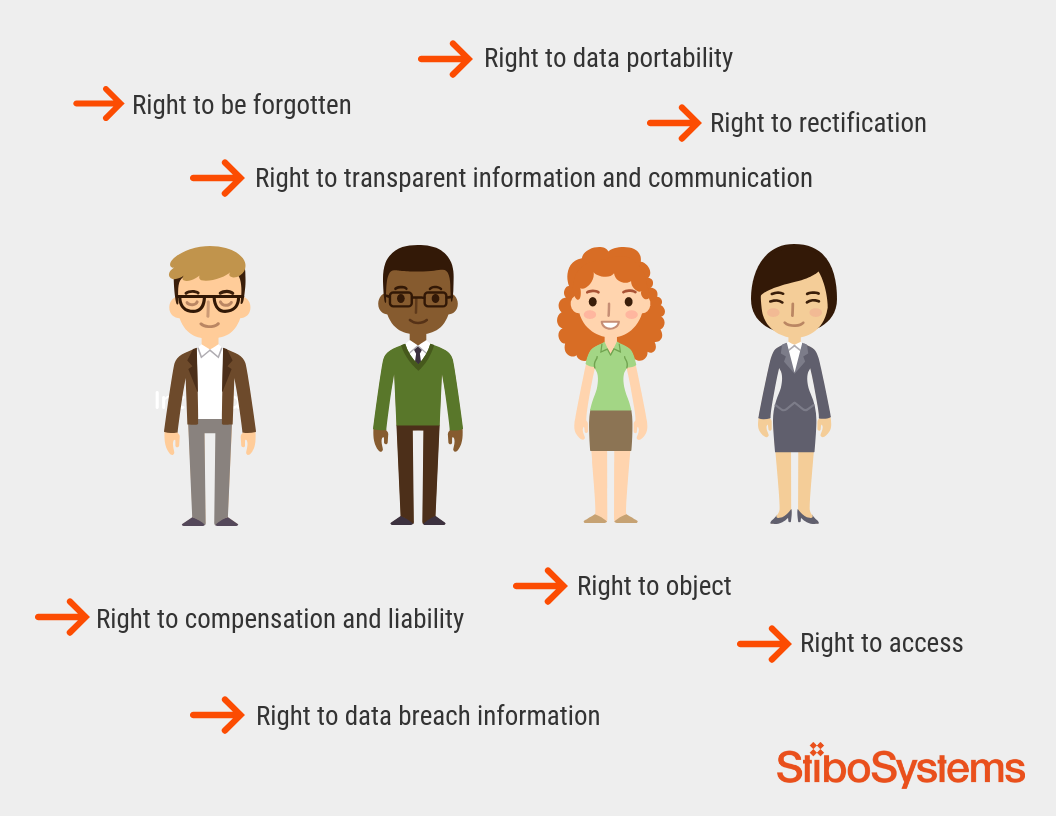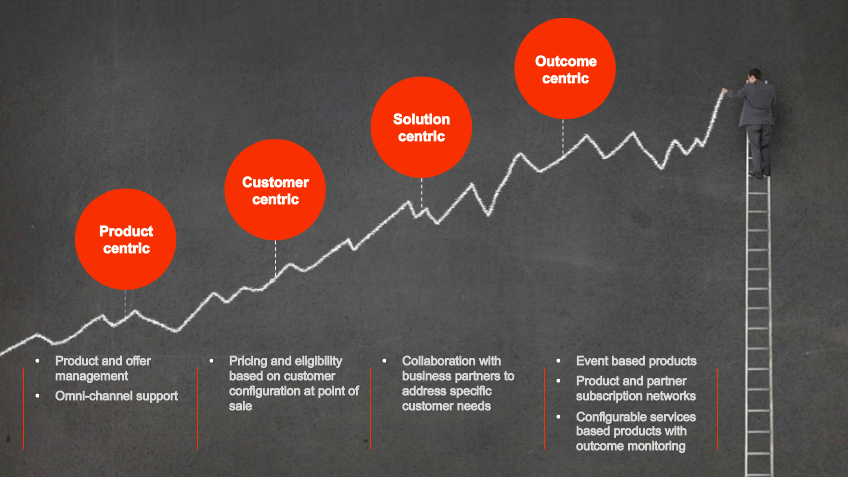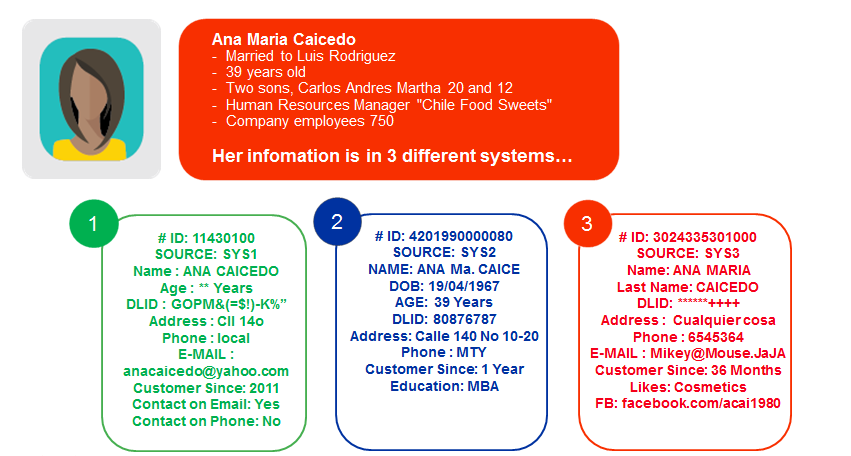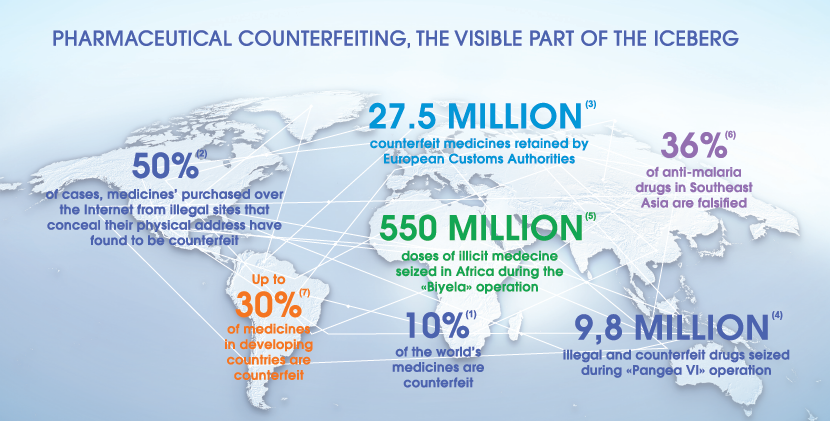In today's fast-paced business environment, having a clear and effective marketing strategy is critical for success. To ensure that your marketing initiatives are aligned with your organization's overall goals and objectives, you need a team that is dedicated to driving marketing excellence. This is where a Marketing Center of Excellence comes in. In this blog post, we will explore what a Marketing Center of Excellence is, its benefits, and how to establish one for your organization. Whether you are a small business just starting out or a large enterprise looking to streamline your marketing efforts, this post will provide valuable insights into creating a successful Marketing Center of Excellence.
What is a Marketing Center of Excellence?
A Marketing Center of Excellence is a cross-functional team or unit within an organization that is responsible for defining, implementing, and maintaining best practices, standards, and processes related to marketing. The goal of a Marketing Center of Excellence is to ensure that marketing initiatives are aligned with the organization's overall strategy, and to improve marketing efficiency, effectiveness, and ROI. A Marketing Center of Excellence may also act as a knowledge center, providing training, guidance, and support to marketing teams across the organization. In addition, a Marketing Center of Excellence may play a key role in defining, selecting, and implementing marketing technologies, such as marketing automation and customer data platforms.
How does a Marketing Center of Excellence differ from a traditional marketing department?
The main goal of a Marketing Center of Excellence is to optimize marketing performance, enable cross-functional collaboration, and drive business growth. On the other hand, a traditional marketing department is focused on executing marketing initiatives and campaigns, but may not have a dedicated focus on improving operations and processes.
The key difference between a Marketing Center of Excellence and a traditional marketing department is that the former has a broader scope and a more strategic focus. A Marketing Center of Excellence is responsible for defining best practices, setting standards, and implementing processes that help drive marketing excellence across the organization. Additionally, a Marketing Center of Excellence may also focus on developing and managing marketing technologies and data analytics capabilities, whereas a traditional marketing department may not have the same level of technical expertise.
In short, a Marketing Center of Excellence is focused on continuously improving the effectiveness and efficiency of marketing operations, while a traditional marketing department is focused on executing marketing initiatives and campaigns.

Why do organizations need a Marketing Center of Excellence?
Organizations need a Marketing Center of Excellence to improve the efficiency, effectiveness, and impact of their marketing activities. By centralizing marketing functions and establishing a set of best practices and standards, a Marketing Center of Excellence helps ensure that all marketing initiatives align with business objectives and contribute to the overall success of the organization. A Marketing Center of Excellence also helps to streamline marketing processes, improve collaboration and communication between marketing teams, and increase the return on investment in marketing activities. By establishing a focus on continuous improvement, a Marketing Center of Excellence can drive innovation and growth in an organization's marketing efforts, ultimately leading to increased customer engagement, revenue, and overall business success.
What are the benefits of having a Marketing Center of Excellence for an organization?
A Marketing Center of Excellence provides numerous benefits for organizations. The 10 key benefits include:
- Improved alignment and collaboration between marketing teams and other departments
- Standardization of marketing processes and best practices
- Increased efficiency and effectiveness of marketing efforts
- Improved data quality and insights
- Increased brand consistency and messaging
- Better measurement and tracking of marketing results and ROI
- Improved customer experience
- Greater capacity for innovation and continuous improvement
- Increased ability to share knowledge and resources
- Better stakeholder management and communication
What are the challenges in establishing a Marketing Center of Excellence, and how can they be overcome?
Establishing a Marketing Center of Excellence can be a complex and challenging process as it involves a significant change in organizational structure, processes, and culture. Four of the common challenges organizations face while establishing a Marketing Center of Excellence include:
-
Resistance to change: Implementing a new organizational structure and processes can face resistance from employees who are comfortable with the status quo and are unwilling to change their work methods.
-
Lack of resources: A Marketing Center of Excellence requires significant investments in terms of both time and money, and organizations may struggle to allocate the necessary resources.
-
Integration with existing departments: Integrating the Marketing Center of Excellence with existing marketing departments and other business functions can be challenging, particularly if there is a lack of clarity regarding roles, responsibilities, and processes.
-
Data management: Ensuring the availability of accurate and complete customer data can be a major challenge, as data is often stored in disparate systems and is of varying quality.
To overcome these challenges, organizations need to establish clear goals and objectives for the Marketing Center of Excellence, communicate these goals effectively to employees and stakeholders, allocate sufficient resources, and establish clear processes and governance structures. Additionally, implementing customer master data management can help organizations overcome the challenges of data management by providing a single source of truth for customer data and enabling the Marketing Center of Excellence to access accurate and complete customer data.
How can a Marketing Center of Excellence help align marketing strategies with overall business goals?
The Marketing Center of Excellence can help align marketing strategies with overall business goals by acting as a central hub for all marketing activities, data, and resources. It can provide a clear understanding of the company's overall marketing objectives, strategies, and KPIs, as well as a framework for measuring the success of marketing initiatives.
By leveraging customer master data management practices and technologies, the Marketing Center of Excellence can gain a comprehensive and accurate view of customer data, which can inform better decision-making and improve the overall customer experience. This can help ensure that marketing strategies are customer-centric and tailored to meet the unique needs of different segments and personas.
Moreover, the Marketing Center of Excellence can drive marketing efficiency and effectiveness by standardizing processes, promoting data-driven decision-making, and ensuring consistent messaging and branding across all marketing initiatives. In this way, it can help to align marketing efforts with overall business goals, drive better outcomes and deliver higher ROI for marketing spend.
How can organizations measure the success of their Marketing Center of Excellence?
Measuring the success of a Marketing Center of Excellence is crucial for ensuring its effectiveness and demonstrating the value it brings to the organization. There are several metrics that organizations can use to evaluate the success of their Marketing Center of Excellence, including:
-
Improved marketing performance: Organizations can track improvements in marketing performance metrics such as lead generation, conversion rates, and customer acquisition costs.
-
Increased efficiency: By centralizing marketing operations and streamlining processes, the Marketing Center of Excellence can help reduce duplication of effort and drive more efficient use of resources. Organizations can measure this by tracking the time it takes to complete tasks, the number of resources required, and the reduction of errors and waste.
-
Enhanced collaboration: A Marketing Center of Excellence is designed to bring together different marketing teams and functions to work more effectively. Organizations can measure the success of this by tracking cross-functional collaboration and the level of information sharing between teams.
-
Better data management: A Marketing Center of Excellence can improve the management and use of customer data, leading to better-informed decision making and more targeted marketing efforts. Organizations can measure this by tracking data accuracy, completeness, and timeliness.
-
Improved customer satisfaction: A Marketing Center of Excellence can help organizations deliver a better customer experience by providing a more consistent and coordinated approach to marketing. Organizations can measure this by tracking customer satisfaction scores and net promoter scores.
By regularly monitoring these metrics, organizations can gain a deeper understanding of the impact of their Marketing Center of Excellence and identify areas for improvement.
How can a Marketing Center of Excellence benefit from customer master data management?
A Marketing Center of Excellence can greatly benefit from implementing a robust customer master data management solution. Customer master data management provides a centralized and organized repository of customer data, which can serve as the single source of truth for all customer information. With accurate and up-to-date customer data, a Marketing Center of Excellence can make data-driven decisions that improve the customer experience, increase marketing efficiency, and drive better business results.
Customer master data management can also provide the Marketing Center of Excellence with a complete view of the customer, enabling the team to better understand customer behavior, preferences, and needs. This information can then be used to create targeted and personalized marketing campaigns that resonate with customers and drive engagement. Additionally, customer master data management can help the Marketing Center of Excellence ensure data security and privacy, which is crucial for building and maintaining customer trust.
By integrating customer master data management with other systems and data sources, the Marketing Center of Excellence can gain real-time insights into customer interactions and activities, allowing the team to make informed decisions and respond to customer needs in a timely manner. Overall, implementing a customer master data management solution can greatly enhance the capabilities of a Marketing Center of Excellence and help drive better business results.

